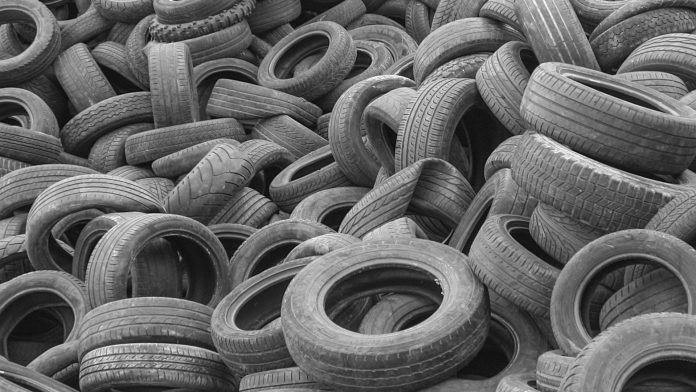Scientists from the University of Illinois have focused their research on the shear layer of the tire in order to help the design a puncture-free tire.
“The shear layer is where you get the most bang for your buck from a design perspective. It’s where you have the most freedom to explore new and unique design configurations,” said Kai James, assistant professor in the Department of Aerospace Engineering at University of Illinois.
James worked with the University of Illinois graduate student Yeshern Maharaj using design optimisation, a computer algorithm. The purpose of this work was to come up with a variety of structural patterns for the shear layer of non-pneumatic tires.
Using computer simulations, researchers modelled the elastic response of the shear layer, calculating the material’s ability to stretch and twist.
“We were looking for a high level of shear–that is, how much strain the material can take under pressure–but we want stiffness in the axial direction,” James said.
This physical pressure is not like weathering on the tire, but it is about internal pressure and stresses or how much pressure the material exerts on itself.
James continued: “Beyond a certain level of stress, the material is going to fail…So we incorporate stress constraints, ensuring that whatever the design happens to be, the stress doesn’t exceed the limit of the design material.
“There are also buckling constraints. If you have a narrow, slender member, say a strut within the element, that’s undergoing compression that could be subject to buckling.
“We have ways to mathematically predict what force level is going to induce buckling in the structure and modify it accordingly.
“Depending on how you weight each of the design requirements–buckling, stress, stiffness, shear, and every combination of those–will result in a different design.”
The final goal of this research is to design a tire that can withstand pressure but is also elastic enough to provide a smooth ride.







